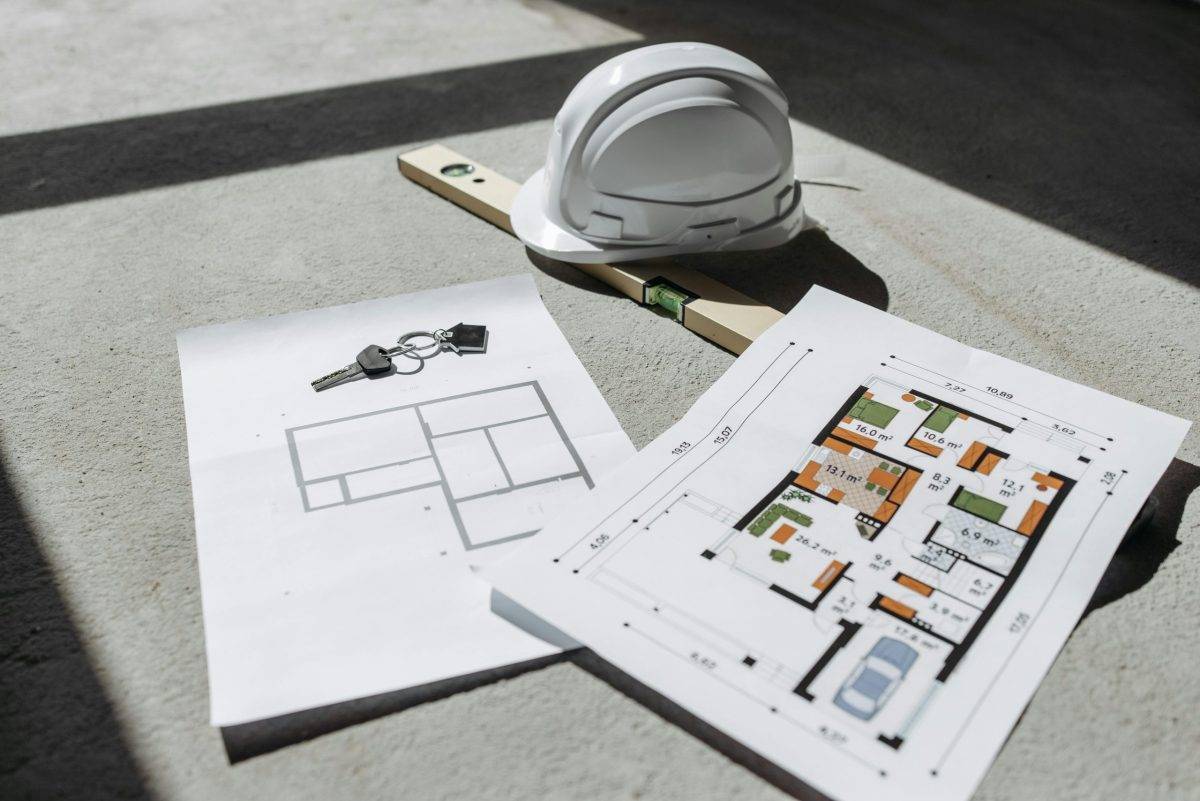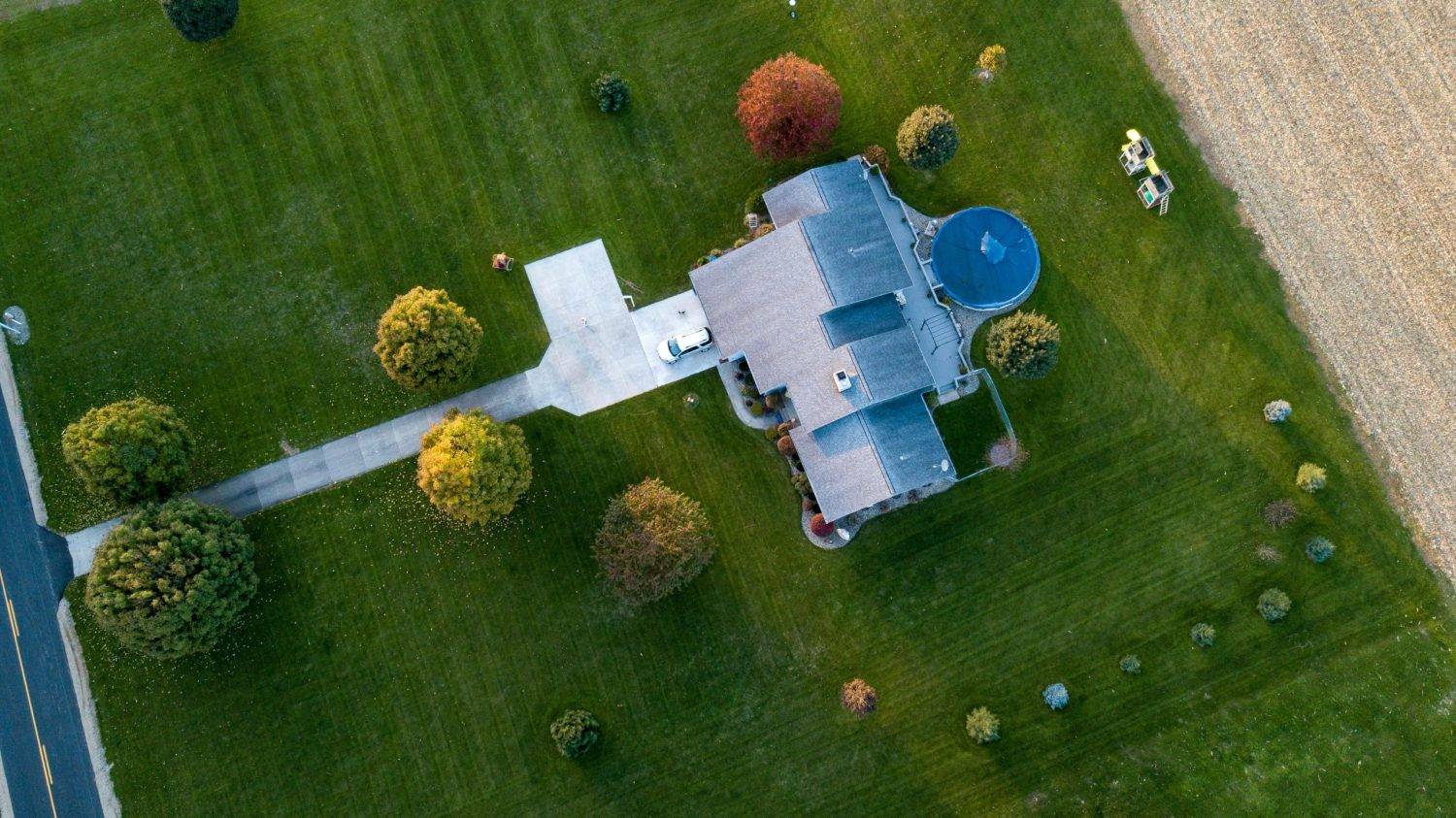What is a Property Setback?
When you start searching for a home or investing in real estate, you’ll quickly come across terms that sound technical and sometimes confusing. One of those is “property setback.” What is a Property Setback? It’s the rule that shapes how setbacks in Macon, Georgia, affect home design, safety, privacy, and property value. While it might sound like a detail only builders or city planners care about, setbacks actually impact homeowners every day.
As one of the top agents in Macon, Georgia, I believe in giving my clients not only a beautiful home but also a clear understanding of the fine print that comes with property ownership. In this blog, I’ll walk you through what a setback is, why it matters, how it’s enforced, and what you should know before buying or building in Macon.
The Basic Definition
A property setback refers to the required distance between a building (such as a house, garage, or shed) and the property line. Think of it as an invisible buffer zone that surrounds your land. Local zoning codes and ordinances typically determine how far structures must “set back” from the front, rear, and side boundaries of your lot.
For example, your city might require a 25-foot front yard setback, meaning your home must sit at least 25 feet away from the street or front property line. Similarly, there may be 10-foot side yard setbacks and 20-foot rear yard setbacks, which regulate how close you can build to your neighbors’ properties or the back fence line.
Setbacks help ensure uniformity, safety, and fairness in how properties are developed and used.
Why Setbacks Exist
Setbacks might seem like red tape at first glance, but they serve important purposes that protect homeowners and communities:
-
Neighborhood Character – They keep houses a consistent distance from the street, creating harmony and curb appeal.
-
Privacy & Light – They ensure your neighbor’s home doesn’t block natural light or tower over your yard.
-
Ventilation & Airflow – Space between homes allows fresh air circulation and helps minimize exposure to exhaust fumes if you live near a busy road.
-
Noise Reduction – Setbacks act as buffers that reduce noise pollution from neighbors and nearby traffic.
-
Safety & Emergencies – By leaving room between structures, setbacks give firefighters, EMTs, and police better access in emergencies.
-
Utilities & Infrastructure – They provide clear space for underground pipes, power lines, drainage, and repairs without disturbing your home.
-
Green Space & Sidewalks – Many neighborhoods rely on setbacks to maintain room for sidewalks, trees, and landscaping that enhance the area’s aesthetics.
-
Fire Protection & Weather Events – Extra spacing reduces the risk of fire spreading and creates safer conditions during severe storms.
-
Property Value – Consistency in design and spacing helps protect long-term home values across a neighborhood.
In short, setbacks aren’t just about rules—they make neighborhoods healthier, safer, and more attractive.
Types of Property Setbacks
Not all setbacks are the same. Depending on where you live in Bibb County or surrounding areas, the rules can vary:
-
Front Setback – The distance from the street or road, shaping your front yard size and curb appeal.
-
Side Setback – The spacing on either side of your property line, preventing homes from crowding each other.
-
Rear Setback – The buffer at the back of your lot, often affecting patios, decks, or detached garages.
-
Special Setbacks – Some areas enforce rules for pools, fences, sheds, solar panels, or waterfront protection zones.
In Macon, different zoning districts (residential, commercial, or historic) carry unique requirements. Neighborhood HOAs may also add stricter restrictions.
How Setbacks Are Enforced
Setbacks are enforced through zoning codes, building permits, and inspections. Before you can build or remodel, you must submit plans to your local planning office. They’ll check to make sure your project respects the setback rules. If it doesn’t, your permit could be denied until adjustments are made.
Violating a setback can have serious consequences. If you build a shed too close to the property line, you may be ordered to remove or relocate it. And if it’s a larger structure, like a garage with a concrete foundation, demolition and fines could cost thousands of dollars.
Common Setback Issues in Macon
Over the years, I’ve seen homeowners run into a few common setback challenges:
-
Adding a Garage or Shed – Even small buildings usually must respect rear and side setbacks.
-
Building a Fence – Tall privacy fences may still trigger setback rules, depending on placement and height.
-
Decks & Patios – Permanent outdoor additions like screened porches often fall under setback regulations.
-
Corner Lots – These can be tricky, since you may end up with two “front yard” setbacks.
-
Historic Districts – Downtown Macon adds preservation rules on top of city setbacks, making projects more complex.
Real-World Examples
Setbacks aren’t just theory—they have real consequences. I’ve seen deals fall apart when zoning boards refused to approve a structure outside setback lines. In one case, a buyer planned to add a workshop, but the side yard setback made it impossible. Without approval, the property no longer fit their needs, so we moved on to another property.
That’s why doing your homework is so important.
Can Setbacks Be Changed?
Yes—sometimes. If you have a unique property situation, you may apply for a variance. This is a request to the city or county to allow you to build closer to the property line than normally permitted.
For example, if your lot is unusually narrow, you might be granted a variance to reduce a side setback. Variances are not guaranteed and often involve a public hearing where neighbors can voice support or concerns.
It’s worth noting that setbacks can also evolve over time. For example, if land use changes, such as an abandoned railroad or roadway, local officials may adjust or remove setbacks in that area. This flexibility ensures setbacks remain practical as cities like Macon grow and change.
How to Find Out Your Property’s Setbacks
If you’re considering buying or building in Macon, here are the best ways to learn about your setbacks:
-
Check Your Deed or Plat Map – These often show property lines and easements.
-
Review Zoning Codes – The Macon-Bibb Planning & Zoning Commission provides details online.
-
Contact the Planning Office – A quick call can confirm requirements for your property.
Why Buyers Should Care About Setbacks
Even if you aren’t planning construction now, setbacks still matter when buying a home:
-
Future Flexibility – They affect whether you can add a garage, pool, or guesthouse.
-
Avoiding Surprises – Tight setbacks can limit your options and resale value.
-
Investment Protection – A home that allows future improvements is often a smarter purchase.
Final Thoughts
Property setbacks are more than just technical jargon; they shape the way our neighborhoods look, feel, and function. In Macon, respecting setback rules not only ensures compliance with the law but also helps maintain the charm and character that make our community so special.
Whether you’re buying your first home, considering new construction, or exploring investment opportunities, understanding setbacks is a smart move.
And remember: you don’t have to figure it all out alone. As one of Macon’s top real estate agents, I make it my mission to guide clients through every detail.
Whether you’re ready to buy or sell in Macon, or just need expert advice on how setbacks could affect your property plans, I’m here to help. I’ll guide you to the right contacts so you can move forward with confidence.





